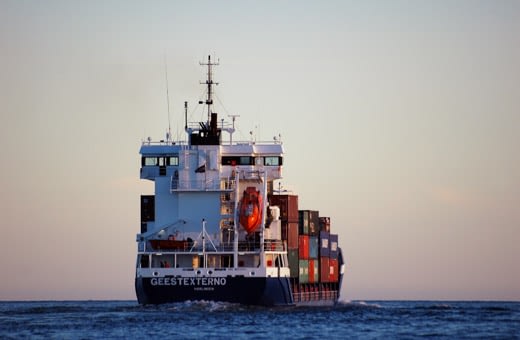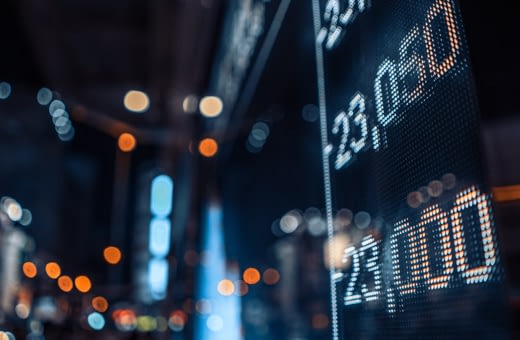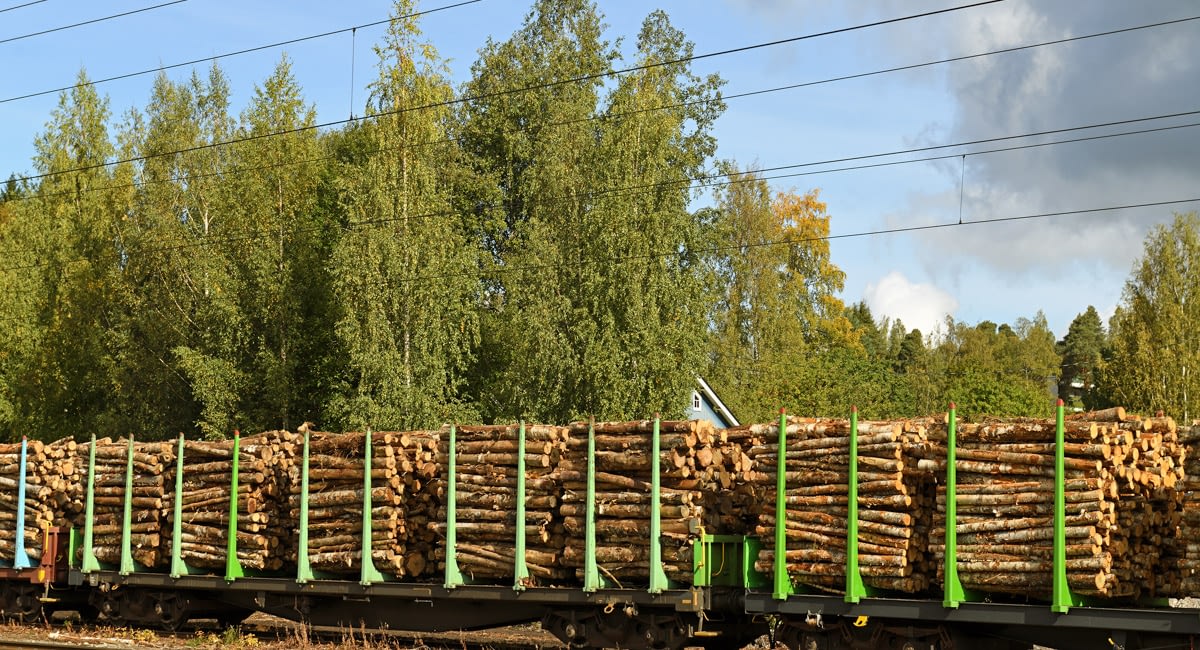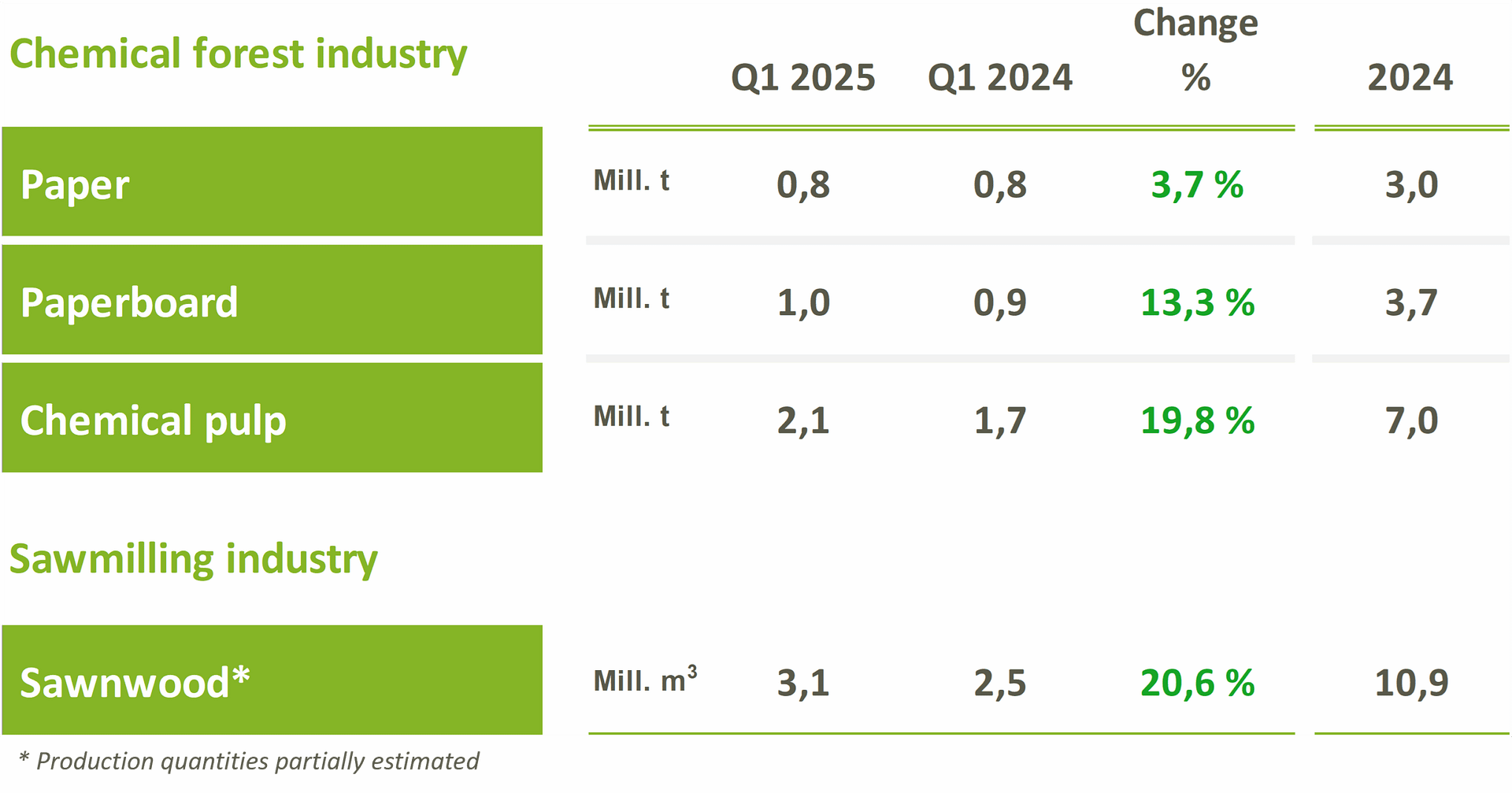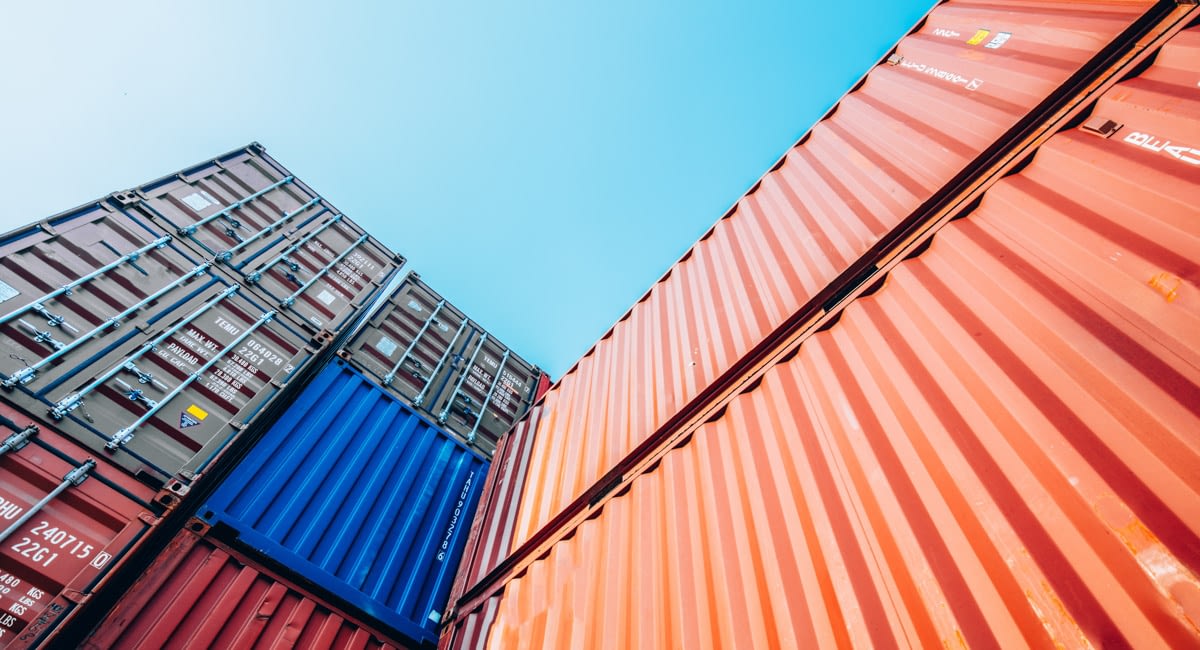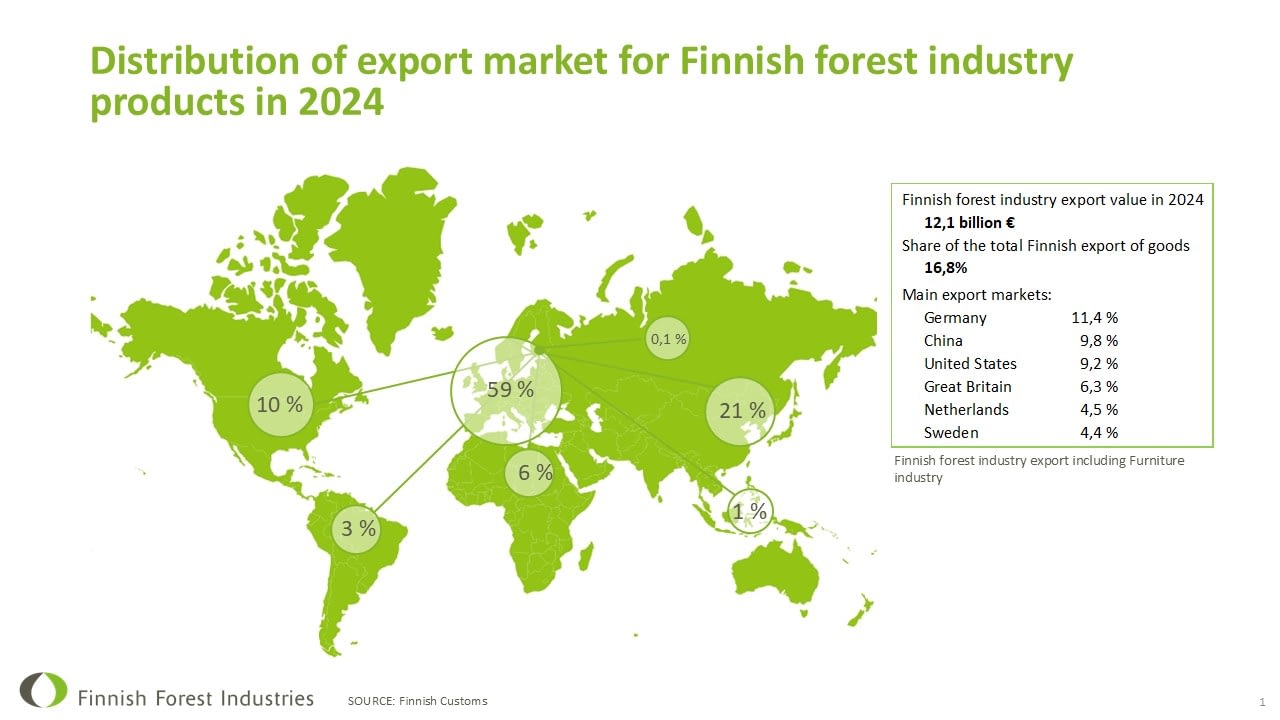Year-round, uninterrupted maritime traffic is essential to Finland’s international trade and security of supply. This goal cannot be achieved without reliable icebreaking. Finland and Sweden’s oldest icebreakers are at the end of their life cycle, and the countries should move forward together when procuring new icebreakers.
Icebreaking is a requirement for the exports of industrial companies operating in the North and for raw material imports to factories. Industrial maritime freight traffic cannot be replaced. Moving even some of the transports to road and rail traffic would weaken the balance and functionality of the entire traffic system. Companies have very small storages for cost reasons, so even temporary disruptions in the logistics chain affect production processes and the supply of goods.
Finland has eight icebreakers. The oldest of these are Urho and Sisu, which were built in the 1970s, and Voima, which was built in 1954 and renewed in 1979. Finland’s icebreaker fleet is large, but it is mostly polluting and expensive to use. Freight traffic is moving to increasingly bigger ships due to environmental reasons, and the current icebreakers cannot open wide enough passages for them.
Icebreaker procurements are absolutely necessary investments for Finland
Procuring new icebreakers is a sizable investment, so different perspectives related to the project should be considered thoroughly.
The construction costs for a single icebreaker are, depending on technical solutions, approximately EUR 200 million. However, commissioning a new icebreaker would immediately reduce the amount of money needed for use and maintenance. Using the old icebreakers is expensive, mostly due to high fuel and maintenance costs.
Icebreaker procurements are absolutely necessary investments for Finland that will secure smooth and functional international trade long into the future. The alternative cost is much higher than the total cost of new icebreakers. Disruptions in the export of goods for companies operating in the North and disruptions in raw material imports would cost millions on a weekly level. In the long run, the costs would climb even higher, because some of the customers for Finnish companies would move to other companies due to supply problems.
Icebreakers have an important role in controlling climate change
The actions needed to control climate change are centrally tied to icebreaking. A warming climate does not reduce the need for icebreaking, because the amount of pack ice would increase during warm winters due to the movement of ice masses. Pack ice that forms thick pileups is a problem for maritime traffic, and low-power freight ships, in particular, cannot move without regular icebreaking.
The oldest icebreakers are polluting due to their old technology, but icebreaking has the biggest impact on merchant fleet emissions, because the fuel consumption and CO2 emissions of freight ships will increase if routes are not in perfect condition during the winter season. Icebreakers play a central role in reducing the emissions of the entire transport chain.
Moving forward together with Sweden has significant benefits
The changing security policy conditions and the related NATO applications make icebreaker procurements a significant solution for national defence.
Finland and Sweden have begun working together much more closely, especially in defence. Moving forward together in icebreaker procurement would reduce costs and secure immediate, year-round maritime traffic for both countries. Sweden will begin the procurement process for two icebreakers next year, and the ships are scheduled for use in 2027.
Finland should make the necessary preparations for procuring icebreakers quickly to get the most out of the synergy between Finland and Sweden. Moving forward together would also allow Finland to make use of EU funding.
Juho Romakkaniemi
CEO, Finland Chamber of Commerce
Paula Lehtomäki
Director General, Finnish Forest Industries Federation
The text was first published in Helsingin Sanomat in January 2023.
